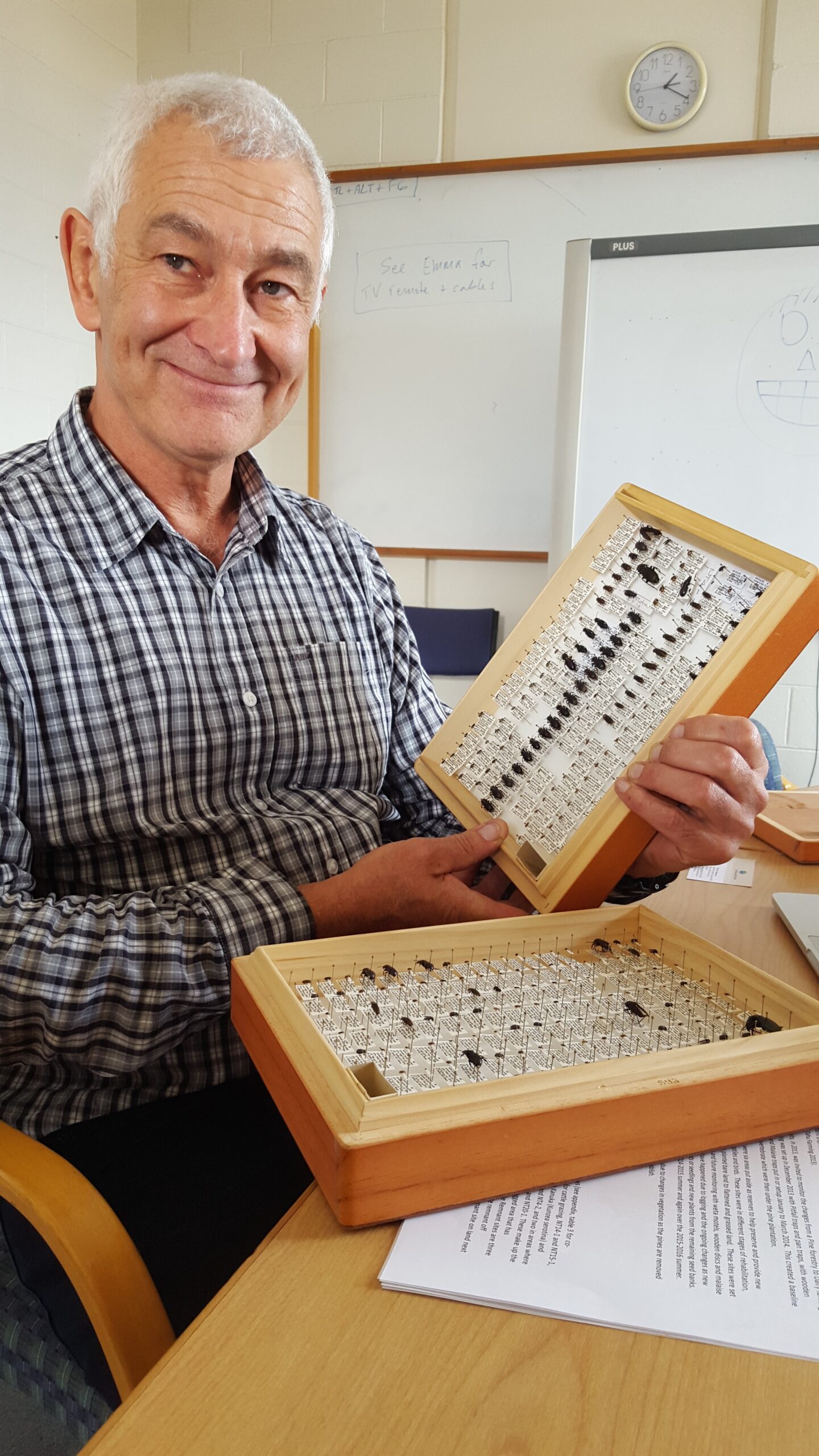More on our stream health
Last week in our Te Ipukarea Society article we touched on some of the water quality monitoring that can be done in our streams to help determine if they are healthy or not. For today’s article, we ask Ministry of Agriculture entomologist (that is a fancy word for insect scientist) Mike Bowie, a few questions about what we might find in our freshwater streams, and why they are important.
What are stream macro and microinvertebrates?
Macroinvertebrates are insects & other invertebrates you can see with naked eye. e.g. dragonfly larvae, prawns, snails, mosquito larvae, worms.
Microinvertebrates require a microscope to see as they are smaller. e.g. Protozoa and other single-celled organisms, small or immature invertebrates.
What is their role in the stream?
They are an integral part of our food webs. They eat microbes, live and dead vegetation, algae, worms, dead animals/organic matter, etc. They help clean up the streams. Birds, fish, eels, insects and larger crustaceans rely on them for food.
- What can their presence tell us about water stream quality?
Because macroinvertebrates live in the stream for most, or all of their time, they have to put up with all that we ‘throw at them’. This may be nitrates, phosphates, pesticides, bacteria (E. coli) and other pollutants that run off our land or chemicals we don’t dispose of properly. Working up the land near streams also exposes our precious waterways to siltation which fills the gaps between the rocks in the stream bed where macroinvertebrates live and reduce oxygenation.
Some aquatic invertebrates are more susceptible to low oxygen levels, high nutrients, animal effluent and chemicals than others, so we can use known tolerances by species as indicators of water quality. Just like the canary in the coal mine – if the sensitive species are alive and present in the waterway, then the water is in good health; if the sensitive species are absent then the water quality is too poor for them to survive.
- What are the methods involved in catching, and identifying them?
The main tool for catching macroinvertebrates is an aquatic net. It is triangular in shape to allow the horizontal end of the net to sit on the streambed. By disturbing the stones just upstream from the net, invertebrates get dislodged and float into the net. The net contents are tipped into a white tray and invertebrates are sorted and kept in sample containers – that’s the easy part! Identifying can take time and a microscope to differentiate between the different cryptic species. Shrimp species for example may differ in appearance by some small shape or hairs which is very difficult to determine in the field.
-What can we do to improve our streams’ health?
Planting natives around streams have many benefits or us and the species living within:
- Plants stabilize banks from erosion
- Plants shade the water to help keep it cool which reduces algal growth
- Plants reduce silt running into streams
- Some plants are phytoremedial (suck up and use nitrates/phosphates)
- Plants provide habitat for birds and invertebrates
- Plants can slow water movement down in floods
Why is it important for us to care and want to know more?
What happens in our stream also impacts the ecology within the reef – the food webs are linked. Many of us are naïve of the species living around us, providing ecosystem services (e.g. pollination, predation, phytoremediation, decomposition of organic matter). When we appreciate species and their ecology, we are more likely to care for them.

